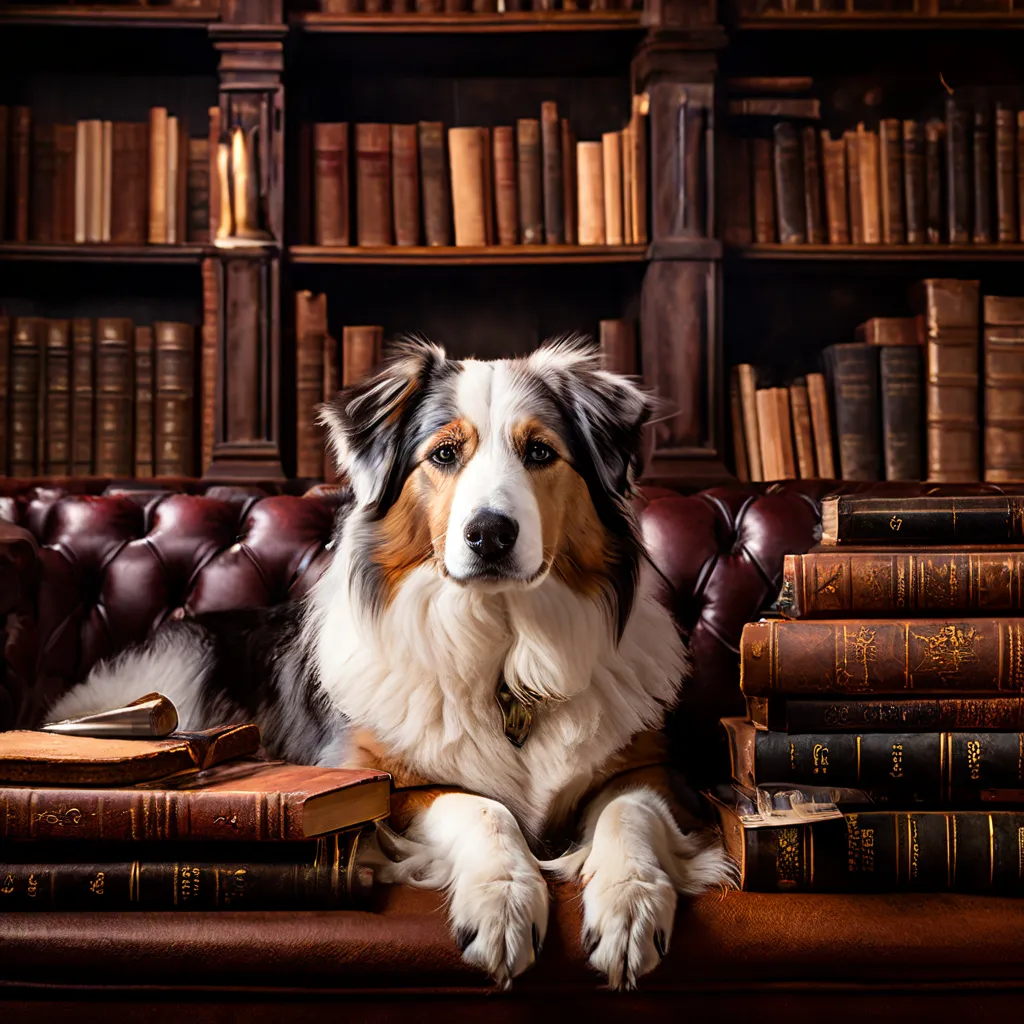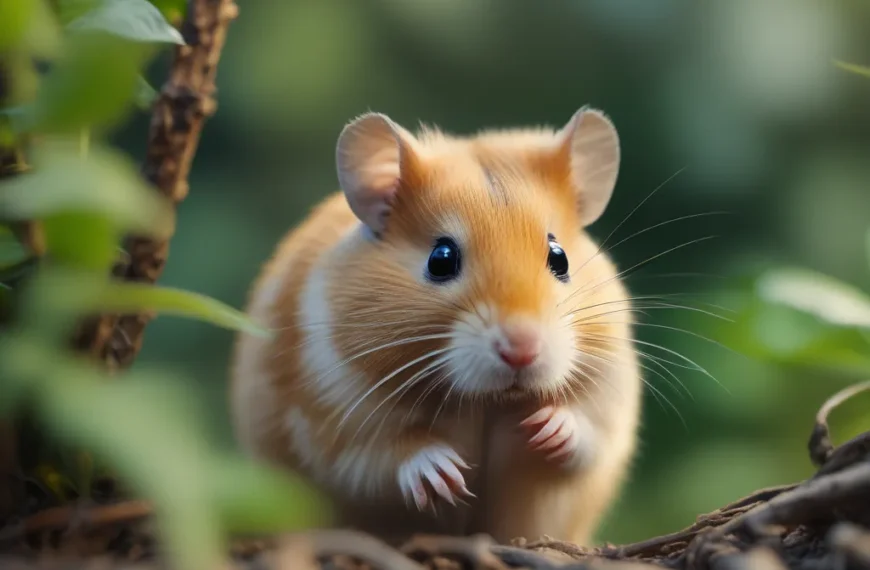Introduction
When it comes to dogs, some breeds are often perceived as more intimidating than others. But what makes a dog appear intimidating? Is it their physical characteristics, behavioral traits, or something else entirely?
In this article, we’ll delve into the world of canine intimidation and explore the factors that contribute to a dog’s fearsome reputation. From the role of physical characteristics to the impact of temperament, we’ll examine the various elements that make a dog appear intimidating.
We’ll also debunk common misconceptions about intimidating breeds and explore the facts behind the most intimidating dog breeds. So, if you’re ready to uncover the truth behind the most intimidating dog breeds, keep reading.
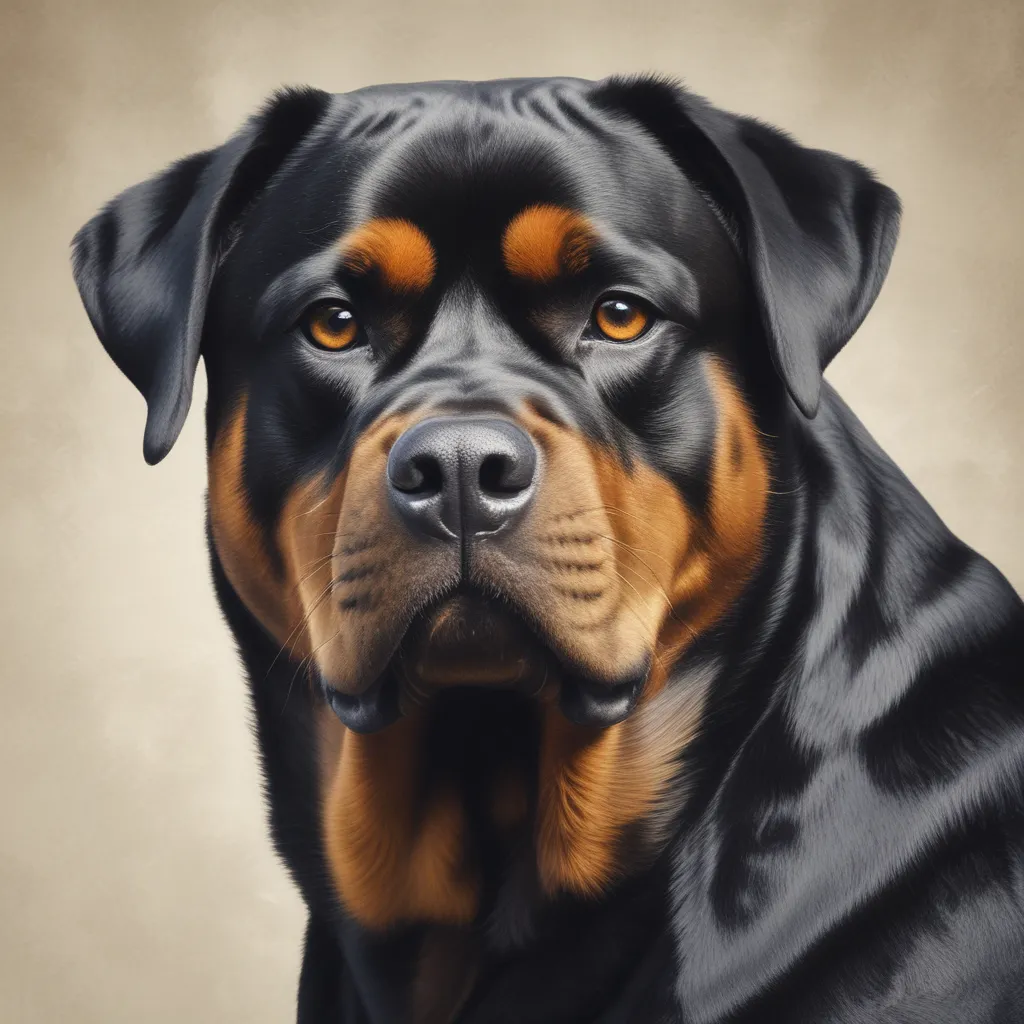
According to AZ Animals, some dog breeds possess a combination of strength, protectiveness, and aggression that demands respect and caution. Breeds like the Rottweiler and Doberman are often considered to be among the most intimidating due to their awe-inspiring presence and powerful build.
However, it’s essential to remember that a dog’s intimidating appearance or behavior doesn’t necessarily make them a bad pet. In fact, many intimidating breeds are loyal and loving companions when properly trained and socialized.
In the following sections, we’ll explore the various factors that contribute to a dog’s intimidating reputation and examine the facts behind the most intimidating dog breeds.
What Makes a Dog Appear Intimidating?
A dog’s intimidating appearance can be attributed to a combination of physical and behavioral characteristics. While some breeds are naturally more intimidating than others, it’s essential to remember that a dog’s temperament and behavior are shaped by their environment, training, and socialization.
Physical characteristics such as a dog’s size, muscle mass, and facial structure can contribute to their intimidating appearance. For example, breeds like the Doberman Pinscher and Rottweiler are often stereotyped as aggressive and intimidating due to their robust build and compact size. Similarly, the Tibetan Mastiff’s large size and expressive face can make them appear formidable.
Behavioral traits like a dog’s posture, gait, and eye contact can also contribute to their intimidating demeanor. A dog that stands tall, moves with confidence, and maintains direct eye contact can appear more intimidating than a dog that slouches or avoids eye contact.
However, it’s crucial to remember that a dog’s appearance and behavior are not always indicative of their temperament. Many breeds that are perceived as intimidating are, in fact, gentle and loving companions.
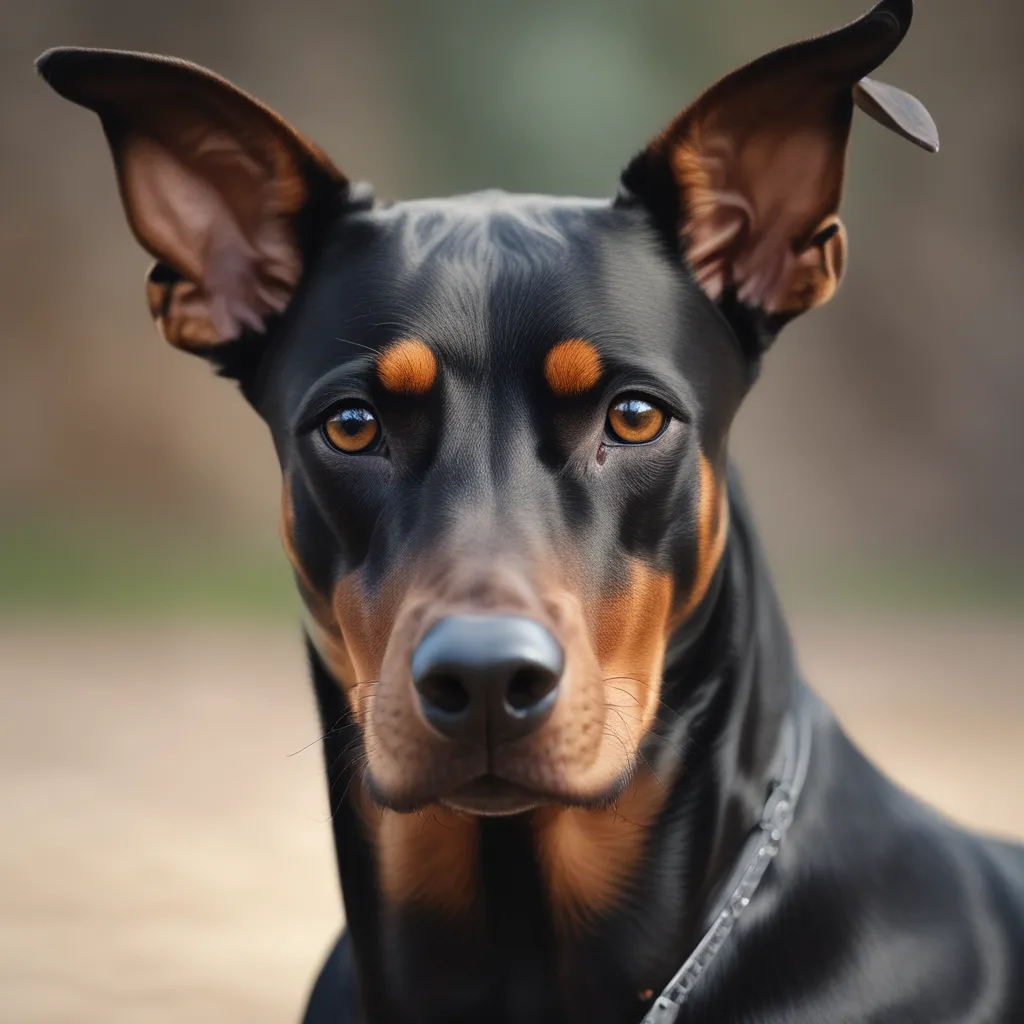
The Role of Physical Characteristics in Intimidation
When it comes to intimidation, physical characteristics play a significant role in how others perceive a dog. A dog’s size, shape, coat, and facial features can all contribute to its intimidating appearance. For example, breeds with a larger build, such as German Shepherds and Rottweilers, are often perceived as more intimidating due to their size and muscularity. Similarly, breeds with a more aggressive facial expression, such as Bulldogs and Pugs, can appear more intimidating due to their wrinkled faces and prominent jaws.
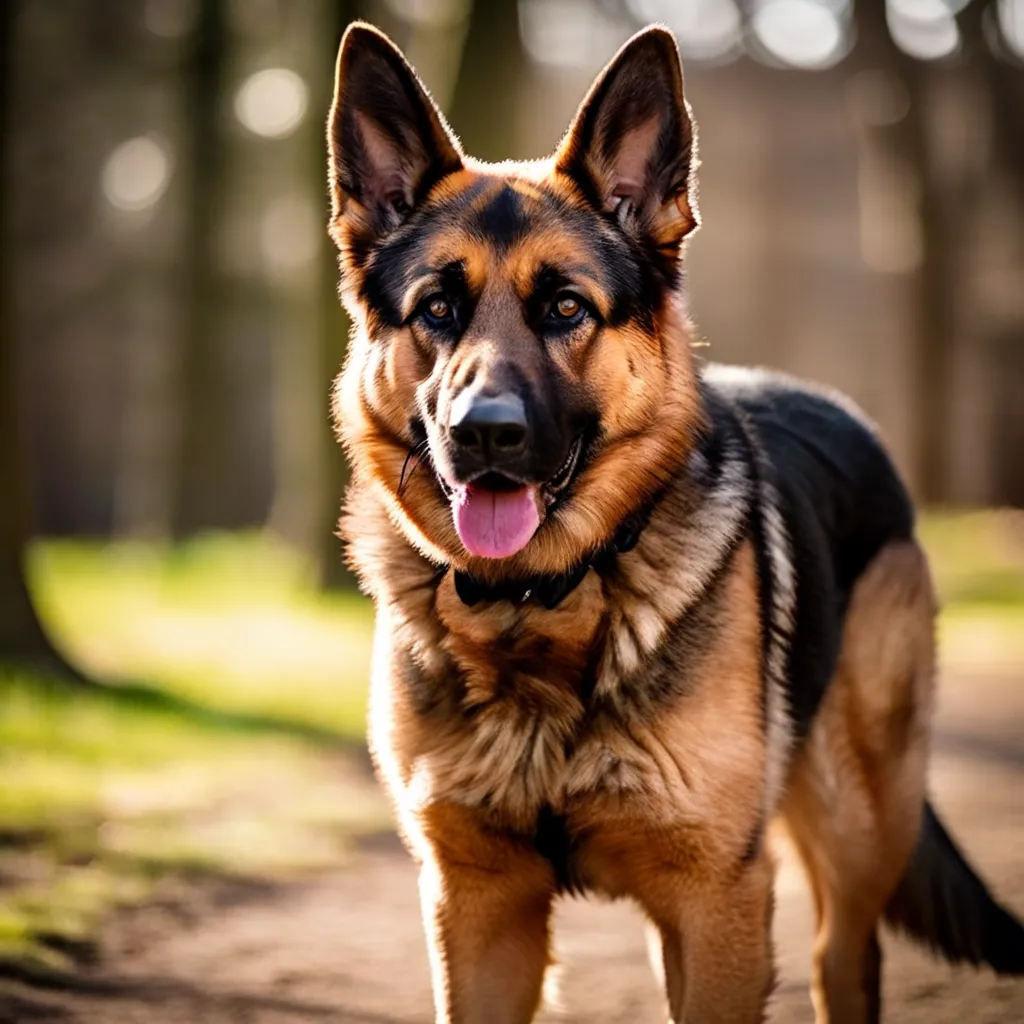
However, it’s essential to remember that a dog’s physical characteristics do not necessarily determine its behavior or temperament. Many breeds that are perceived as intimidating are, in fact, gentle and friendly. It’s crucial to look beyond physical appearance and get to know a dog’s individual personality before making judgments.
Additionally, historical roles and public misconceptions can also contribute to a breed’s intimidating reputation. For instance, breeds like Doberman Pinschers and Pit Bulls have been historically used for guarding and fighting, leading to their intimidating reputation. However, with proper training and socialization, these breeds can make wonderful companions.
Behavioral Traits that Contribute to Intimidation
Behavioral traits play a significant role in making a dog appear intimidating. While physical characteristics can contribute to a dog’s intimidating appearance, it’s their behavior that can make them truly formidable. Here are some behavioral traits that can make a dog appear intimidating:
- Aggression: Dogs that display aggressive behavior, such as growling, snarling, or biting, can be very intimidating. This type of behavior is often a result of fear, anxiety, or territorialism.
- Protectiveness: Dogs that are protective of their owners, territory, or resources can be intimidating to strangers. This behavior is often accompanied by a strong instinct to defend and guard.
- Confidence: Dogs that exude confidence and assertiveness can be intimidating to other dogs and humans alike. This confidence can be a result of proper training, socialization, and breeding.
- Loyalty: Dogs that are extremely loyal to their owners can be intimidating to those who are not familiar with them. This loyalty can manifest as wariness or aggression towards strangers.
- Energy and athleticism: Dogs that are high-energy and athletic can be intimidating due to their speed, agility, and power.
Some dog breeds are more prone to exhibiting these behavioral traits due to their breeding history and genetic predispositions. For example:
- Rottweilers: Known for their strength, loyalty, and protective nature, Rottweilers are often considered one of the most intimidating breeds.
- Doberman Pinschers: With their sleek build and athletic ability, Doberman Pinschers can be intimidating due to their speed and agility.
- Tosa Inu: This rare breed is known for its strength, loyalty, and protective nature, making it a formidable and intimidating dog.
It’s essential to remember that every dog is an individual, and their behavior is shaped by a combination of genetics, training, and environment. While some breeds may be more prone to exhibiting intimidating behavioral traits, it’s crucial to approach each dog with caution and respect.
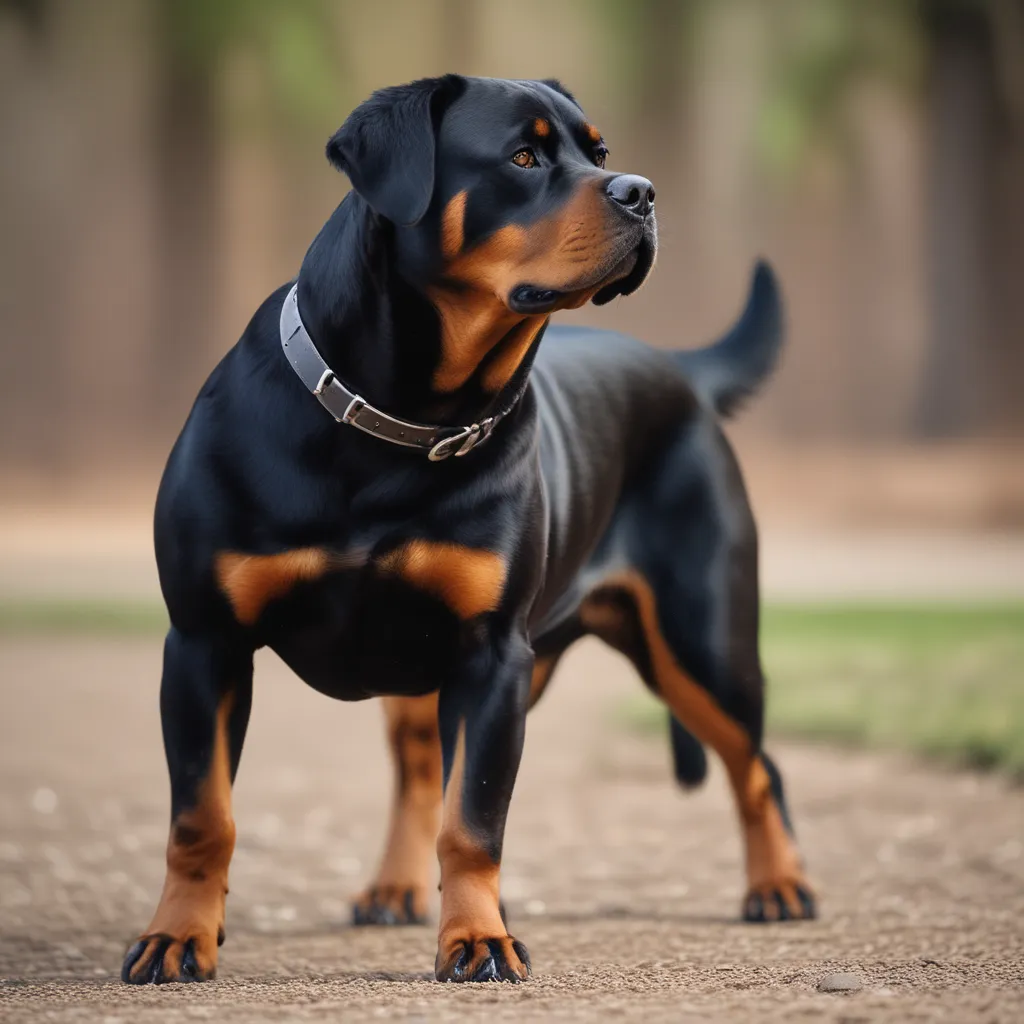
The Impact of Temperament on Intimidation
A dog’s temperament plays a significant role in determining its intimidation factor. Temperament refers to a dog’s personality, behavior, and emotional stability. It is shaped by a combination of genetic and environmental factors, including breeding, socialization, and training.
How Temperament Affects Intimidation
A dog’s temperament can affect its intimidation factor in several ways:
- Confidence: A confident dog is more likely to appear intimidating than a timid or fearful one. A confident dog is more likely to stand its ground, bark, and assert itself in the presence of strangers or other animals.
- Energy level: A high-energy dog can be intimidating due to its rapid movements and loud barking. On the other hand, a low-energy dog may appear more laid-back and less intimidating.
- Aggression: A dog with an aggressive temperament is more likely to appear intimidating due to its tendency to growl, snap, or bite.
- Loyalty: A loyal dog can be intimidating due to its strong bond with its owner and its tendency to defend them.
The Role of Breed in Temperament
While breed can play a role in shaping a dog’s temperament, it is not the sole determining factor. Many breeds, such as Pit Bulls and Rottweilers, are often stereotyped as being aggressive and intimidating. However, this is not necessarily true. Any dog, regardless of breed, can develop an intimidating temperament if it is not properly socialized and trained.
The Importance of Socialization
Socialization is critical in shaping a dog’s temperament and reducing its intimidation factor. Socialization involves exposing a dog to various environments, people, and animals to help it develop good social skills and reduce anxiety and fear. A well-socialized dog is less likely to appear intimidating and more likely to interact calmly with strangers and other animals.
Debunking Misconceptions about Intimidating Breeds
When it comes to intimidating dog breeds, there are many misconceptions that surround them. These misconceptions can lead to fear, mistrust, and even discrimination against certain breeds. However, it’s essential to separate fact from fiction and understand the true nature of these breeds.
The Truth About Intimidating Breeds
Many people believe that certain breeds are inherently aggressive or violent. However, this is not the case. Any dog, regardless of breed, can become aggressive if it’s not properly socialized, trained, or cared for.
The Role of Media and Pop Culture
The media and pop culture often perpetuate negative stereotypes about intimidating breeds. Movies, TV shows, and news reports often portray these breeds as vicious and aggressive, further fueling the public’s fear and misconceptions.
The Importance of Proper Training and Socialization
Proper training and socialization are crucial for any dog, regardless of breed. With positive reinforcement training and socialization, even the most intimidating breeds can become loving and gentle companions.
Debunking Common Myths
- Myth: Pit Bulls are naturally aggressive and violent.
- Reality: Pit Bulls are a loyal and loving breed that can make great family pets with proper training and socialization.
- Myth: Rottweilers are inherently aggressive and should be avoided.
- Reality: Rottweilers are a powerful breed that can be gentle and loving with proper training and socialization.
- Myth: Doberman Pinschers are naturally aggressive and should be feared.
- Reality: Doberman Pinschers are a loyal and intelligent breed that can make great companions with proper training and socialization.
The Most Intimidating Breeds: Fact vs. Fiction
When it comes to intimidating dog breeds, there are several that stand out from the rest. While some breeds may look scary, it’s essential to separate fact from fiction and understand the true nature of these dogs.
The Tibetan Mastiff: A Gentle Giant
The Tibetan Mastiff is a massive dog breed that can weigh over 100 pounds in adulthood. Their expressive face and fluffy coat make them appear even larger, but despite their intimidating appearance, they are known to be gentle and affectionate.
The Rottweiler: A Loyal Guardian
Rottweilers are renowned for their strength and loyalty, making them a popular breed for families and guard dogs. However, they require proper socialization and training to prevent aggression towards other dogs and strangers.
The Cane Corso: A Softie at Heart
The Cane Corso is a large dog breed that is often perceived as intimidating due to its size. However, they are known to be soft and affectionate towards humans and other dogs, making them a great breed for families.
The German Shepherd: A Highly Intelligent Breed
German Shepherds are highly intelligent dogs that are often used as police and military dogs. While they may appear intimidating, they are loyal and loving companions when properly trained and socialized.
The Doberman Pinscher: A Misunderstood Breed
Doberman Pinschers are often regarded as one of the scariest dog breeds due to their imposing presence and reputation as guard dogs. However, they are loyal and loving companions when properly trained and socialized.
In conclusion, while some dog breeds may appear intimidating, it’s essential to look beyond their appearance and understand their true nature. With proper training and socialization, even the most intimidating breeds can become loving and loyal companions.
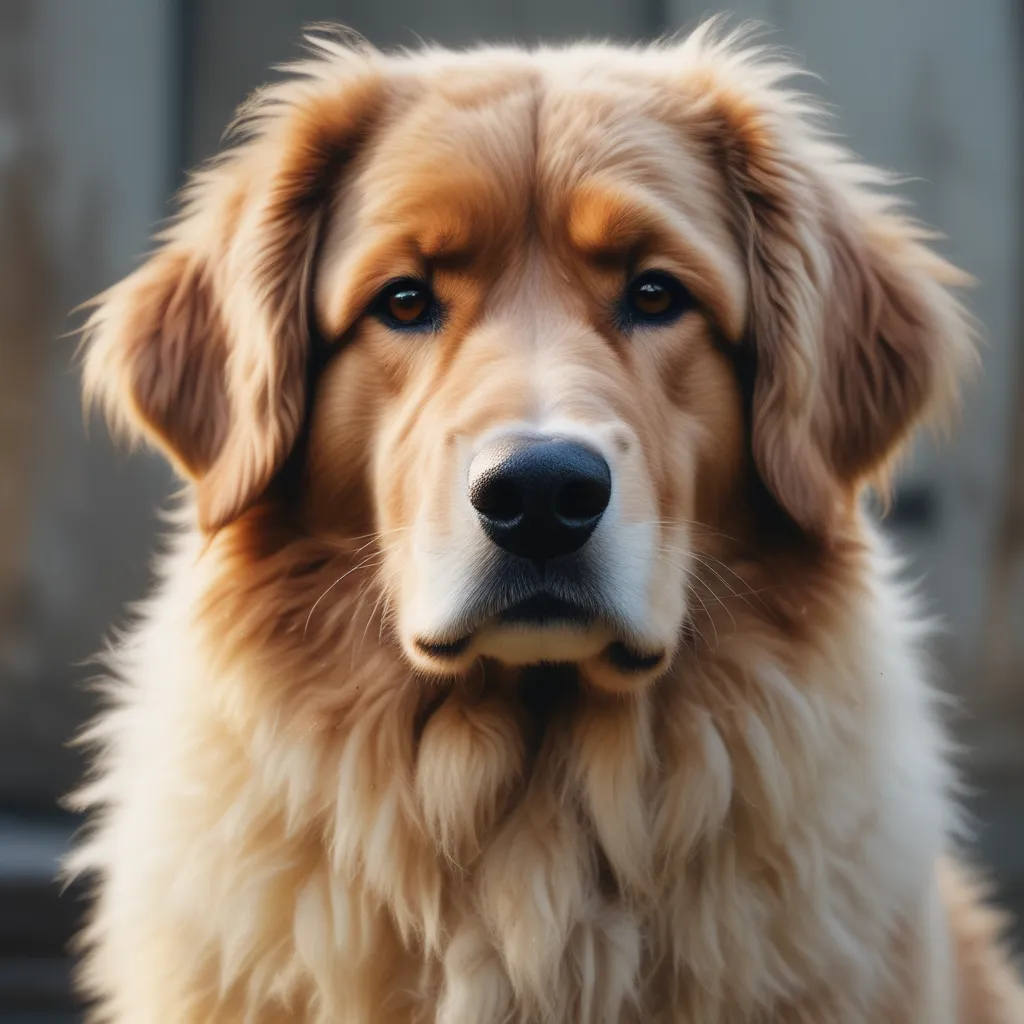
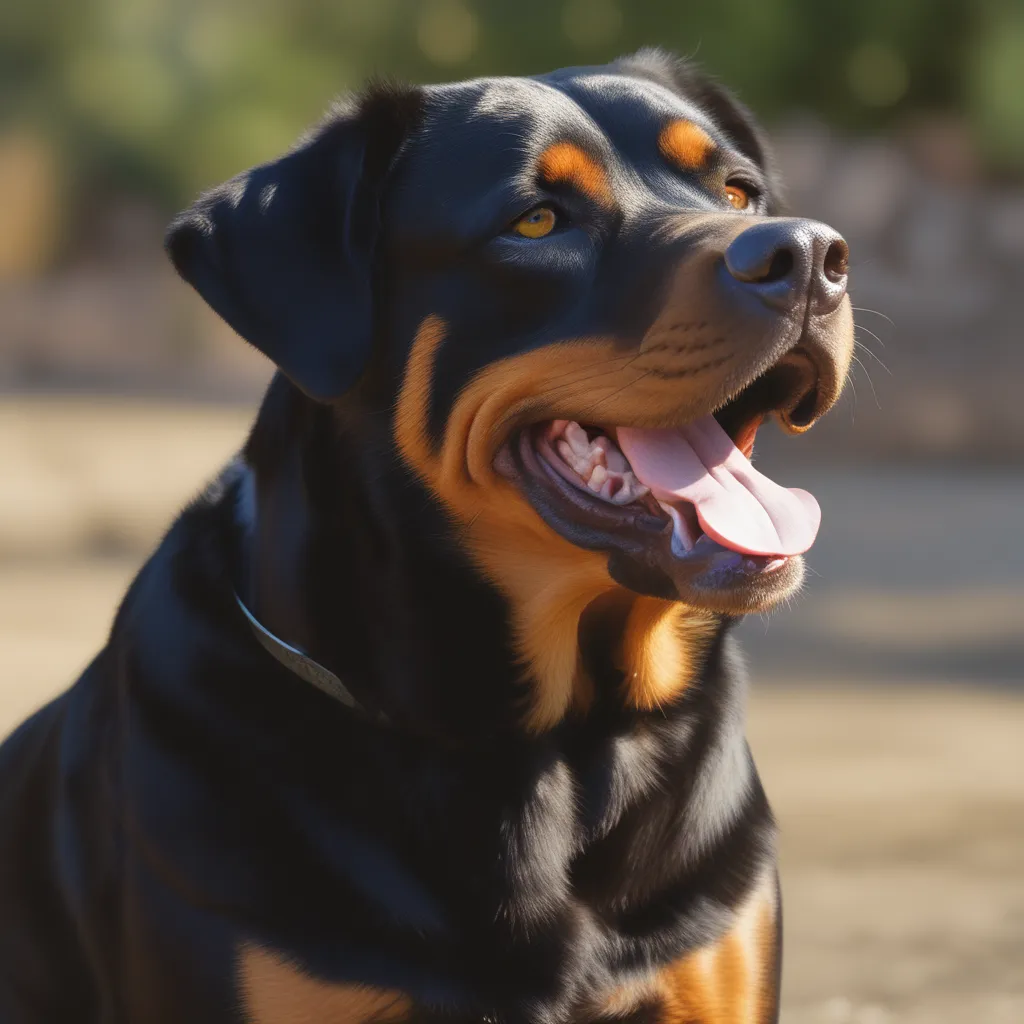


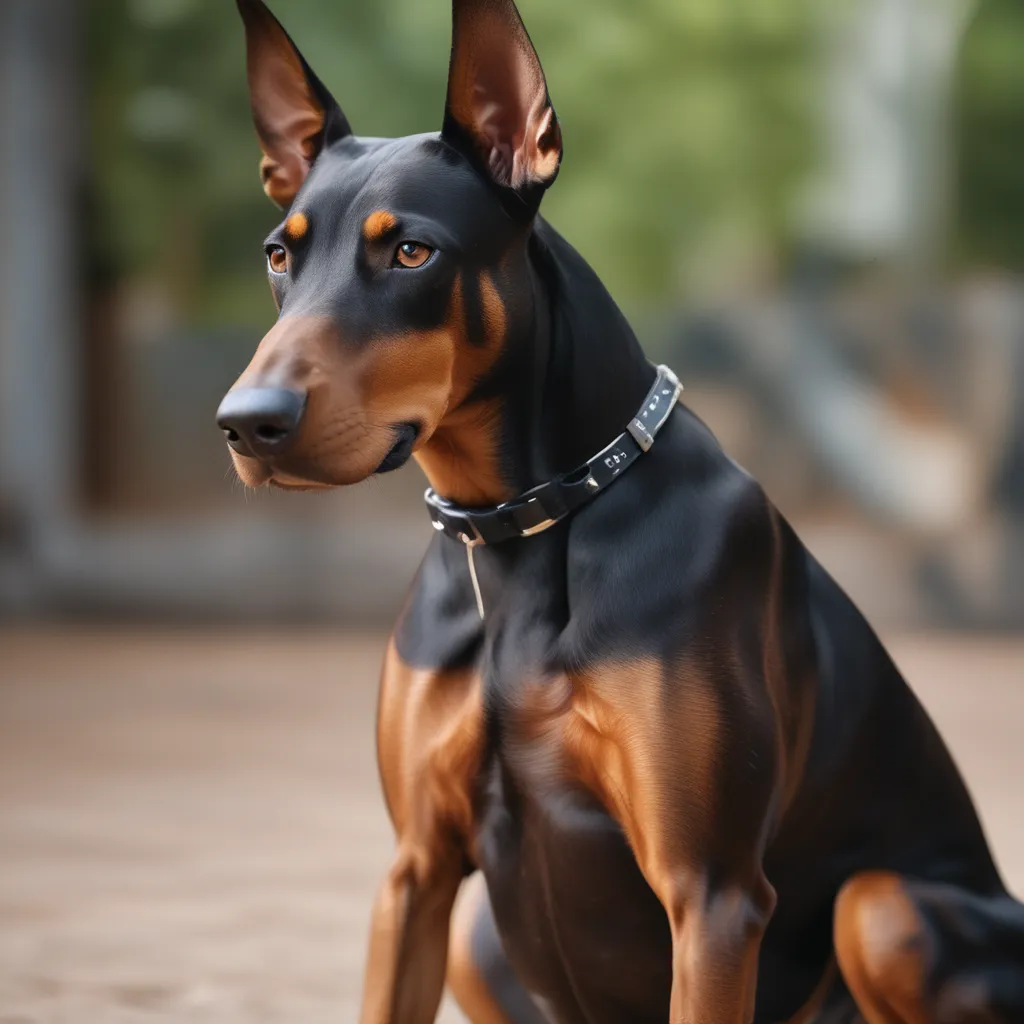
Conclusion
After exploring the various aspects that contribute to a dog’s intimidating appearance, it’s clear that there’s more to these breeds than meets the eye. From physical characteristics to behavioral traits and temperament, each breed has its unique set of characteristics that can make them appear intimidating.
However, as we’ve seen, many of these breeds are often misunderstood and are not as aggressive as they seem. In fact, many of them make great family pets and are loyal companions.
So, what is the most intimidating dog breed? The answer is not a simple one. While some breeds may have a more intimidating appearance or reputation, it’s essential to remember that every dog is an individual and should be judged on its own merits.
Rather than relying on misconceptions and myths, it’s crucial to educate ourselves about the different breeds and their characteristics. By doing so, we can work to break down the stigma surrounding certain breeds and promote a more inclusive and understanding community.
In conclusion, the most intimidating dog breed is not just about physical appearance or reputation; it’s about understanding and appreciating the unique characteristics of each breed.
Here are some key takeaways to remember:
- Physical characteristics, such as size and coat type, can contribute to a dog’s intimidating appearance.
- Behavioral traits, such as aggression and loyalty, can also play a role in a dog’s intimidating reputation.
- Temperament is a critical factor in determining a dog’s behavior and should not be overlooked.
- Many breeds are often misunderstood and are not as aggressive as they seem.
- Education and understanding are key to breaking down the stigma surrounding certain breeds.
By keeping these points in mind, we can work towards a more inclusive and compassionate community that appreciates and values all dog breeds.

References
- https://www.shutterstock.com/search/cane-corso-mastif
- https://www.akc.org/dog-breeds/best-guard-dogs
- https://www.akc.org/expert-advice/training/common-fears-and-phobias-in-dogs
- https://www.shutterstock.com/search/tibetan-mastiff-dog-on-whit
- https://www.shutterstock.com/search/rottweiler-adul
- https://www.shutterstock.com/search/doberman-standin
- https://www.akc.org/expert-advice/advice/busting-common-dog-myths
- https://www.akc.org/akctemptest/what-is-temperament
- https://www.akc.org/dog-breeds/rottweiler
- https://a-z-animals.com/pets/dogs/dog-lists/scariest-dog-breeds
- https://www.dogster.com/dog-breeds/dog-breeds-with-the-strongest-bite-forc
- https://www.shutterstock.com/search/german-shepherd-profil


